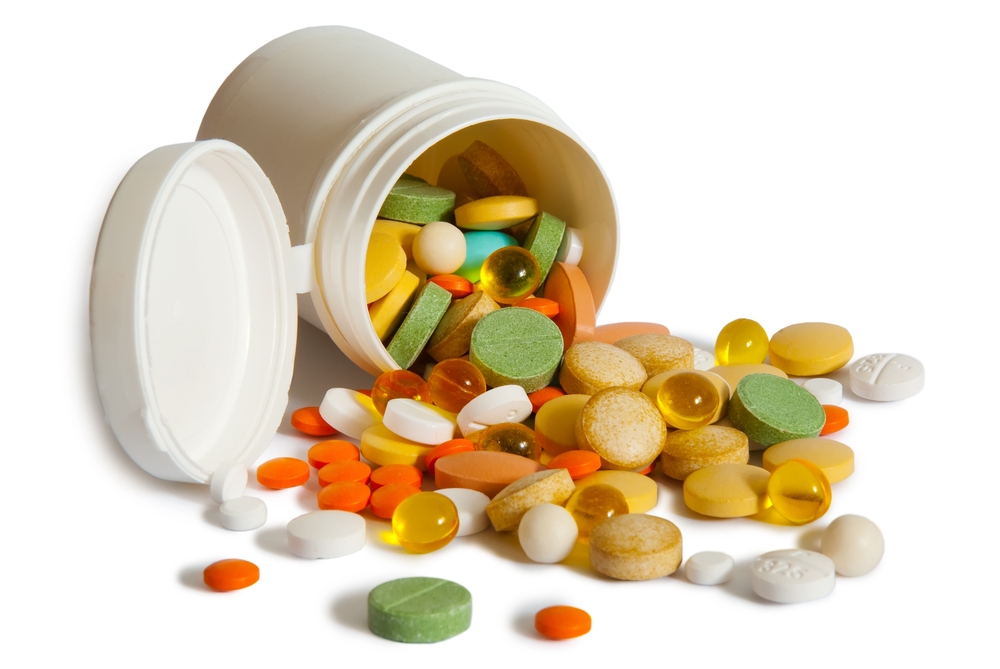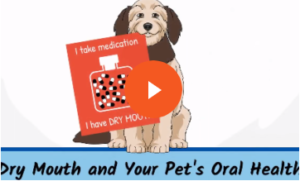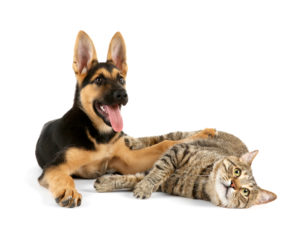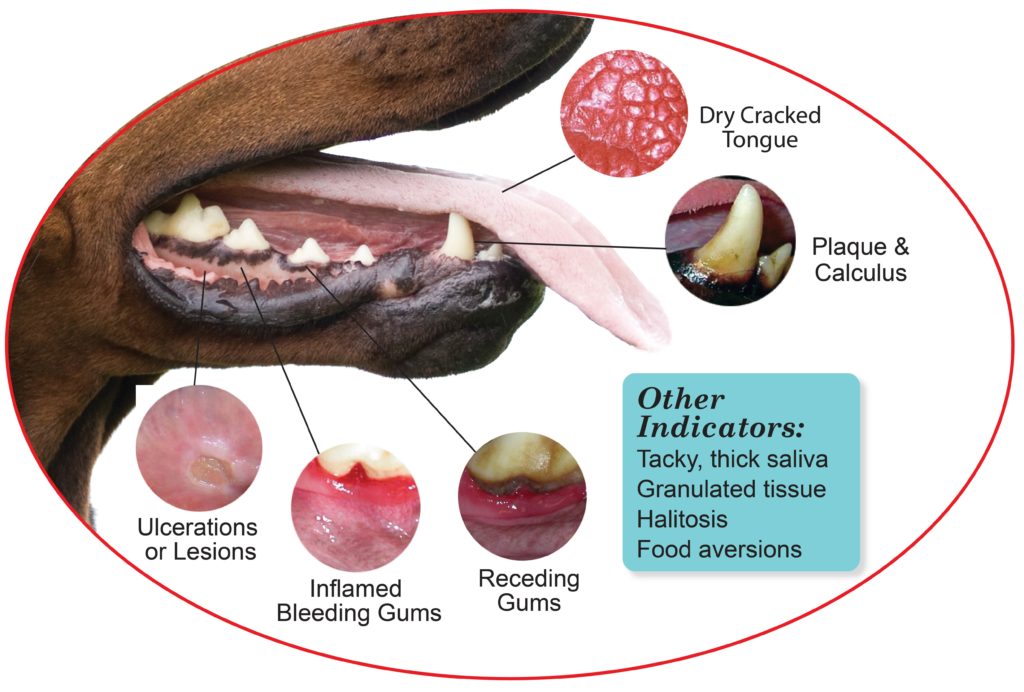Why medications are– the leading cause of dry mouth in your pet.

A pet can develop Dry Mouth for many reasons, such as the result of aging or even some medical conditions like diabetes. However, the leading cause of Dry Mouth in both pets and people is medications, because Dry Mouth can be a side effect of many commonly prescribed medications.
Some of the medications that can contribute to Dry Mouth include medications for:
- Blood pressure
- Pain
- Osteoarthritis
- Endocrine disorders
- Allergies
- Behavior and anxiety
Dry Mouth is a condition that can be temporary. For those pets with persistent Dry Mouth though, it is very important to manage and restore the oral balance for a healthy mouth.
Zymox is committed to providing quality products proudly made in the USA that are safe, effective and free of harmful ingredients so animals can lead healthy, happy lives. Contact us today and learn how we can help improve your pets dry mouth and doggy breath.




